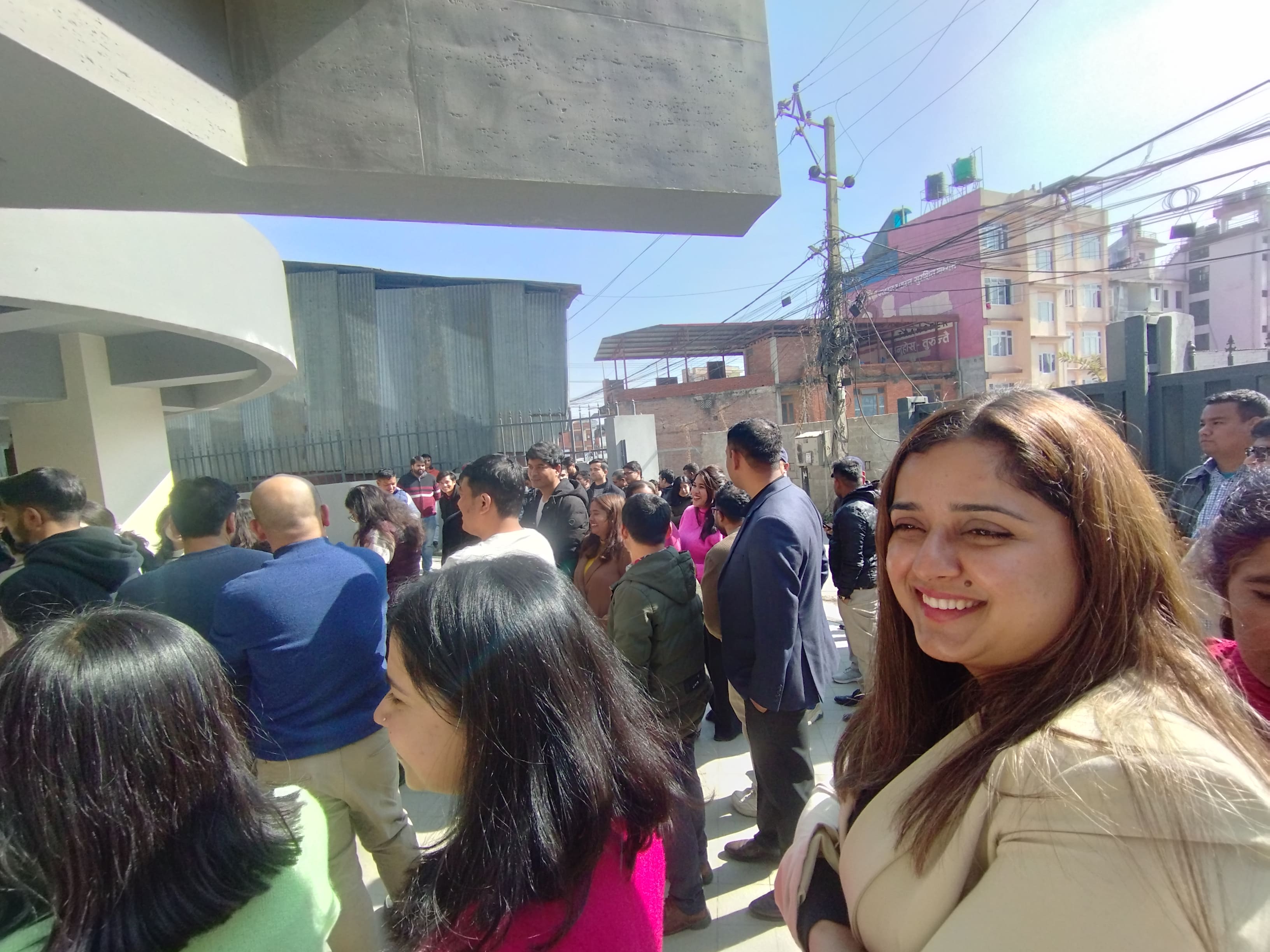Kathmandu, January 15 – Nepal is set to commemorate the 27th Earthquake Safety Day with nationwide programs focused on enhancing awareness and strengthening disaster preparedness. This annual observance, initiated in 1999 (BS 2055) to mark the devastating earthquake of 1934 (BS 1990), aims to educate citizens and evaluate the nation's resilience to seismic risks.
This year’s theme, "Lessons from Earthquakes: Strong Structures and Robust Preparedness," underscores the importance of constructing earthquake-resistant buildings and ensuring effective disaster response mechanisms. The Department of Urban Development and Building Construction has outlined various events to promote public awareness and preparedness.
Learning from the Past
Nepal’s experience with catastrophic earthquakes, including the 1934 disaster and the 2015 Gorkha earthquake, has exposed vulnerabilities in infrastructure and preparedness. While memories of the 1934 quake linger among few, the 2015 tragedy remains a stark reminder for the current generation.
The recent earthquake centered in Tibet, which shook parts of Nepal, further highlighted the urgent need for preparedness. Experts emphasize that while earthquakes cannot be predicted, their impacts can be minimized through robust planning and infrastructure.
Strengthening Resilience
Speaking on the occasion, Director General Machakaji Maharjan stressed the critical need for compliance with the National Building Code to construct earthquake-resistant structures. “The key lesson from past earthquakes is the need to mitigate seismic risks. Our structures must be resilient, and our preparedness must be strong,” Maharjan stated.
Efforts are underway to update the building code, ensuring buildings meet required safety standards. However, only 50 out of Nepal’s local levels have implemented the code, highlighting the need for greater enforcement.
Challenges in Preparedness
Despite policy initiatives, challenges persist. Disaster management expert Dr. Dharma Raj Upreti noted that many earthquake victims, particularly in Jajarkot, are still awaiting relief and remain in temporary shelters. “Preparedness gaps lead to prolonged suffering for victims after disasters,” he remarked.
The National Disaster Risk Reduction and Management Authority (NDRRMA) estimates that reconstructing earthquake-damaged structures will cost NPR 101.12 billion, with 95,787 private homes in Jajarkot alone requiring reconstruction.
National Commitment Required
Experts emphasize the need for a national commitment to earthquake preparedness. Dr. Ramesh Guragai, acting executive director of the National Society for Earthquake Technology-Nepal, stated, “Earthquake resilience is achievable through proper planning, constructing earthquake-resistant buildings, retrofitting existing ones, and maintaining readiness for emergencies.”
He also stressed the role of individual responsibility. “Citizens must ensure their homes are safe and know how to stay calm and act wisely during an earthquake,” Guragai added.
Moving Forward
To accelerate reconstruction, agreements with beneficiaries began today, according to Dr. Bhisma Kumar Bhusal, Deputy Secretary of NDRRMA. This follows the 16th meeting of the National Disaster Council, which approved plans for post-disaster reconstruction and restoration.
The government has directed relevant ministries and local levels to expedite fund allocations and resource mobilization to implement these plans.
As Nepal marks Earthquake Safety Day, experts, government officials, and citizens collectively reaffirm their commitment to building a safer and more resilient nation. By learning from past disasters and implementing proactive measures, Nepal aims to minimize the impact of future earthquakes and safeguard its people.
Ecosphere News is committed to raising awareness on disaster preparedness and resilience. Stay updated for more authentic and reliable news.